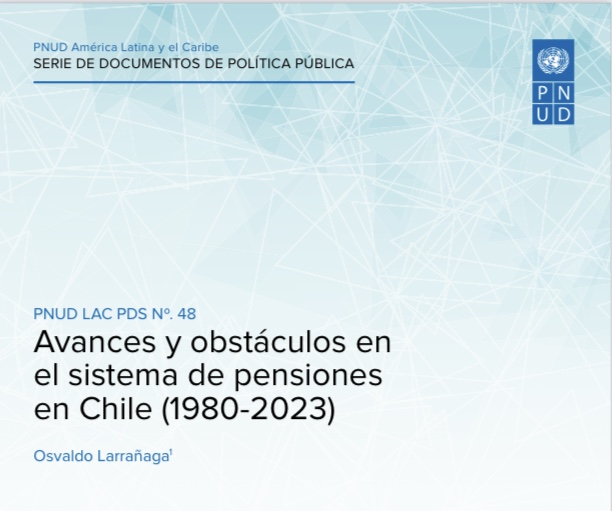The Incidence of Workplace Pensions: Evidence from the Uk’s Automatic Enrollment Mandate
By Rachel Scarfe, Daniel Schaefer & Tomasz Sulka We examine who bears the costs of mandated workplace pension programs, exploiting the quasi-experimental rollout of automatic enrollment in the UK. Total compensation (take-home pay plus employer contributions) increases, driven by employer contributions, while the amount of take-home pay decreases. These effects differ by employer size, with take-home pay declining to an extent in the largest firms that we can rule out a pass-through to employees of more than 47%, significantly less...










